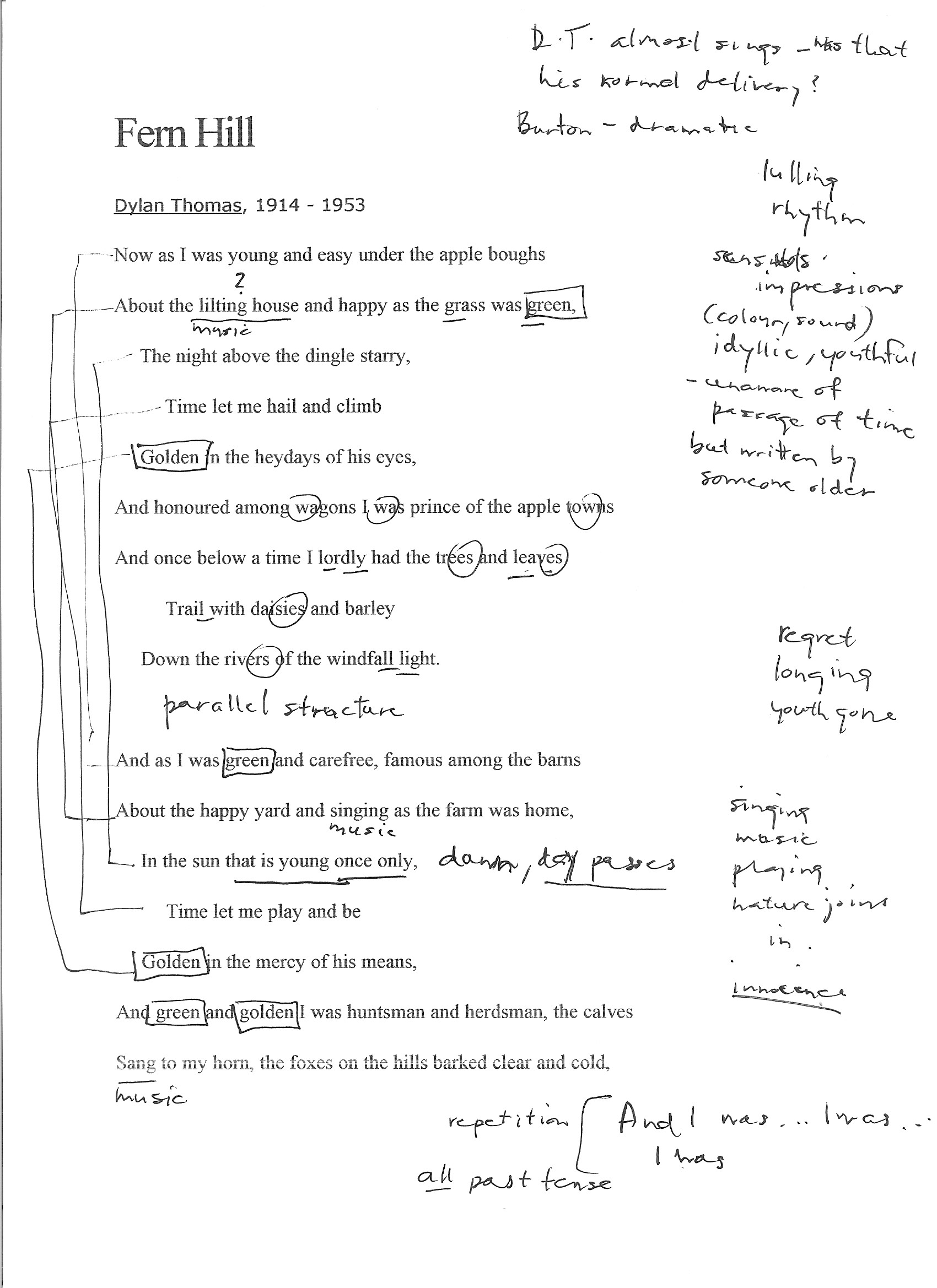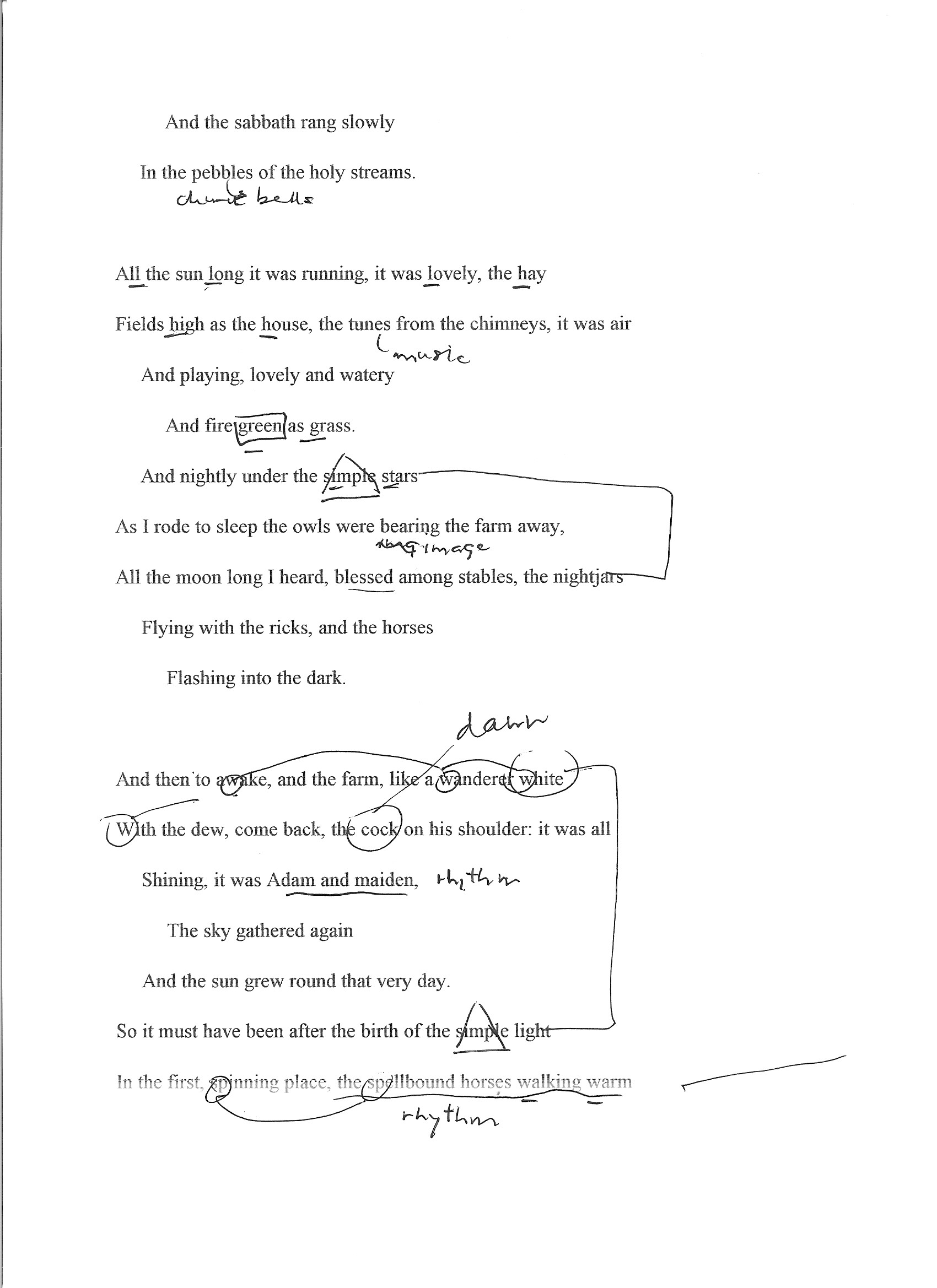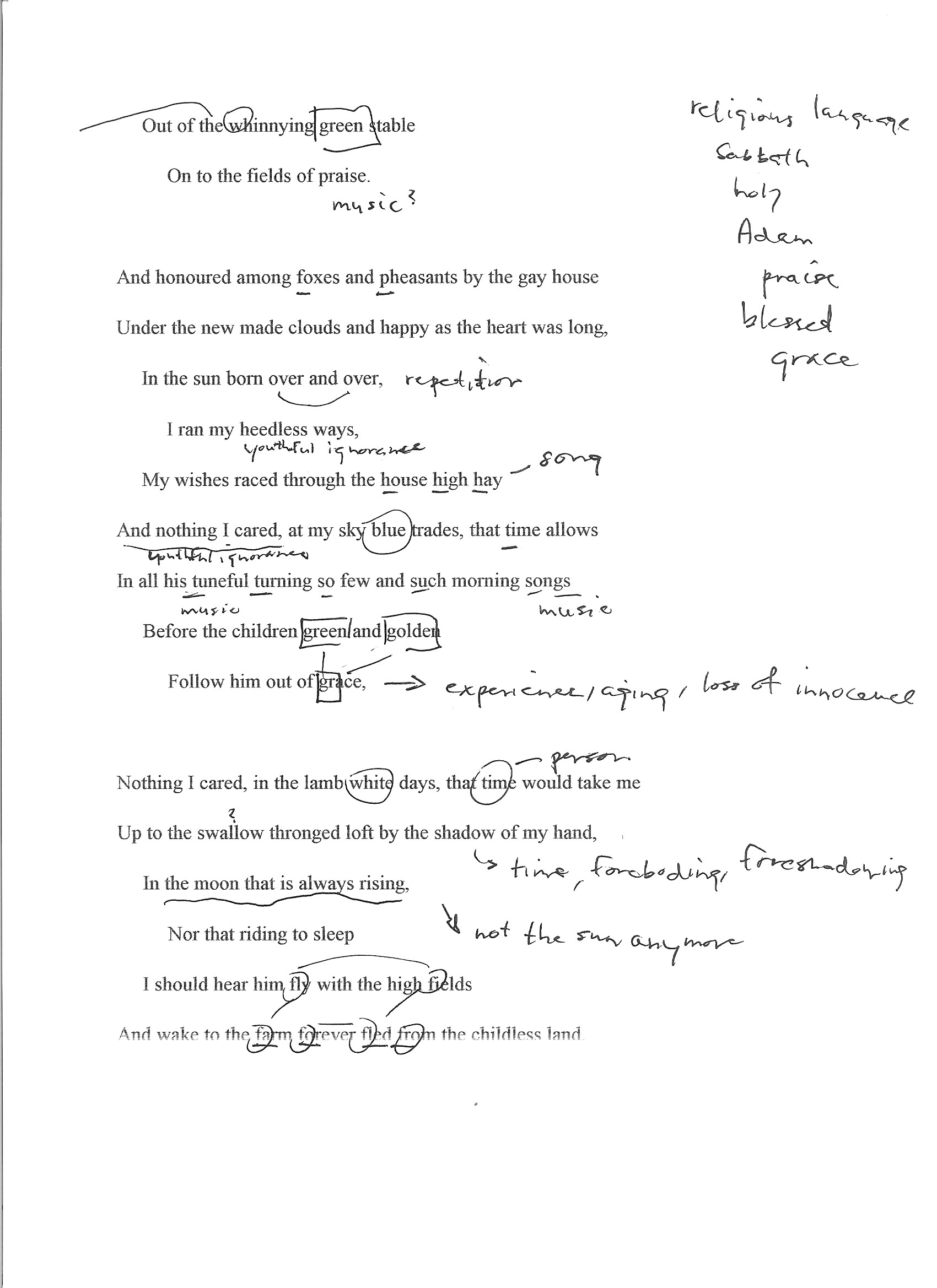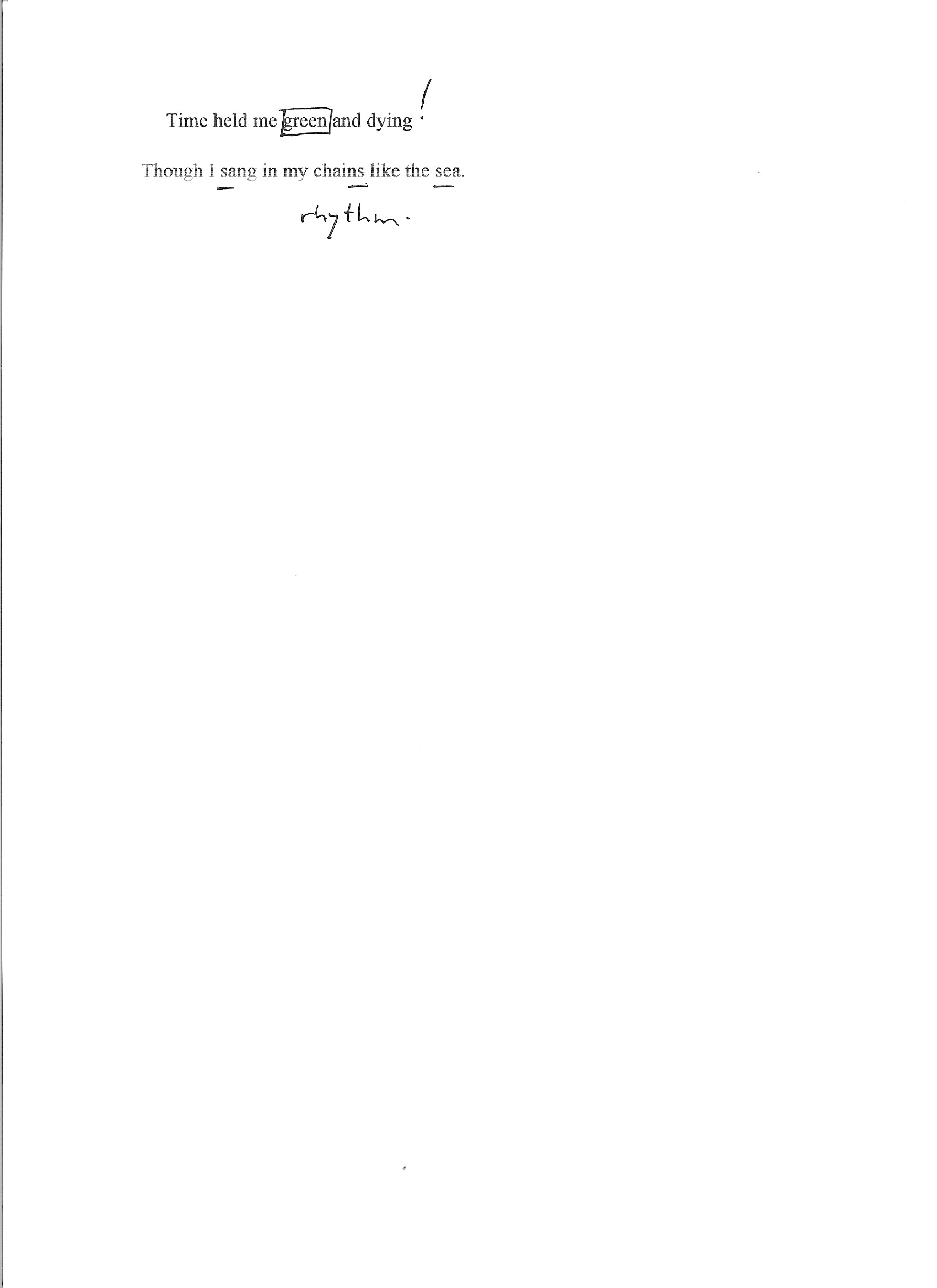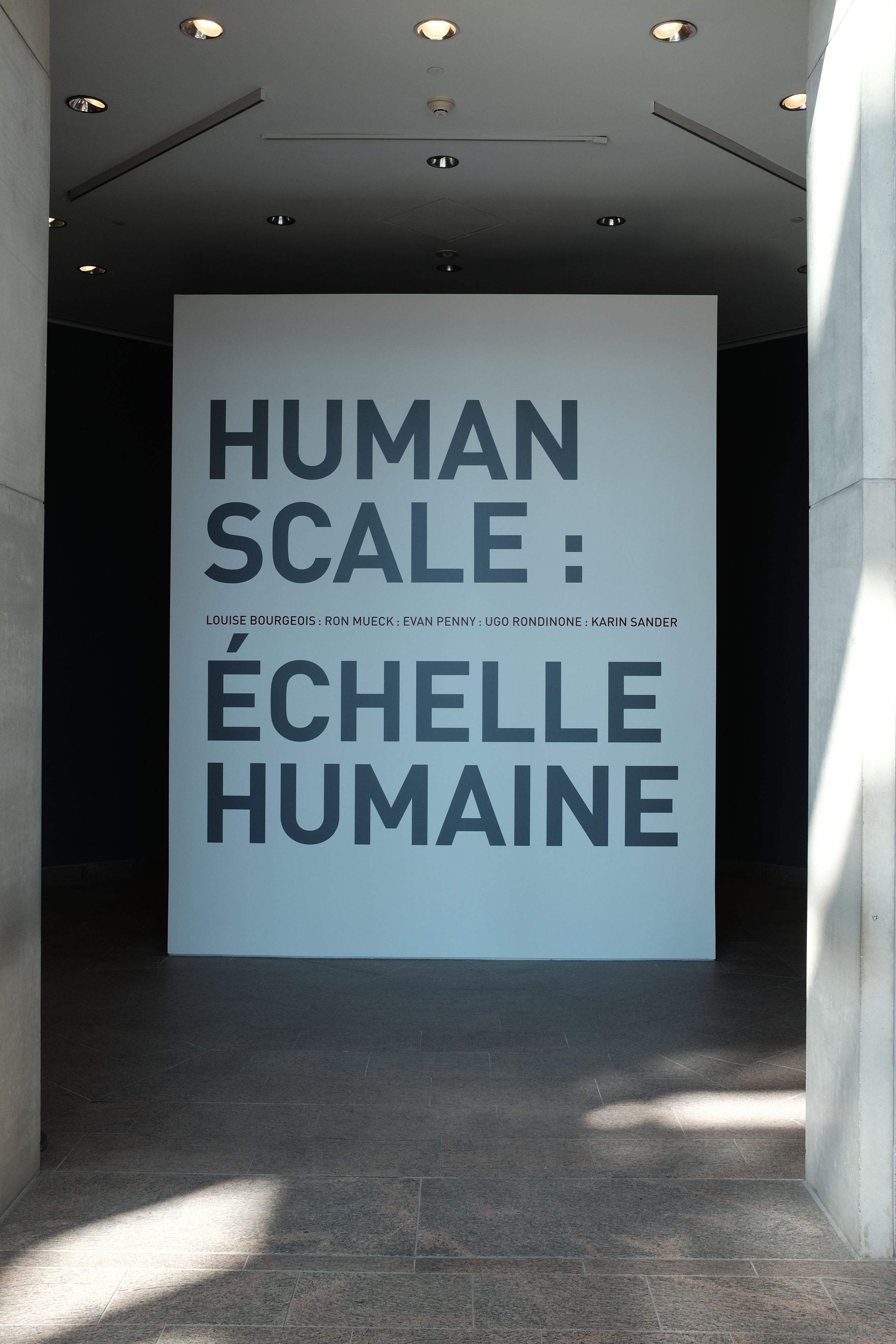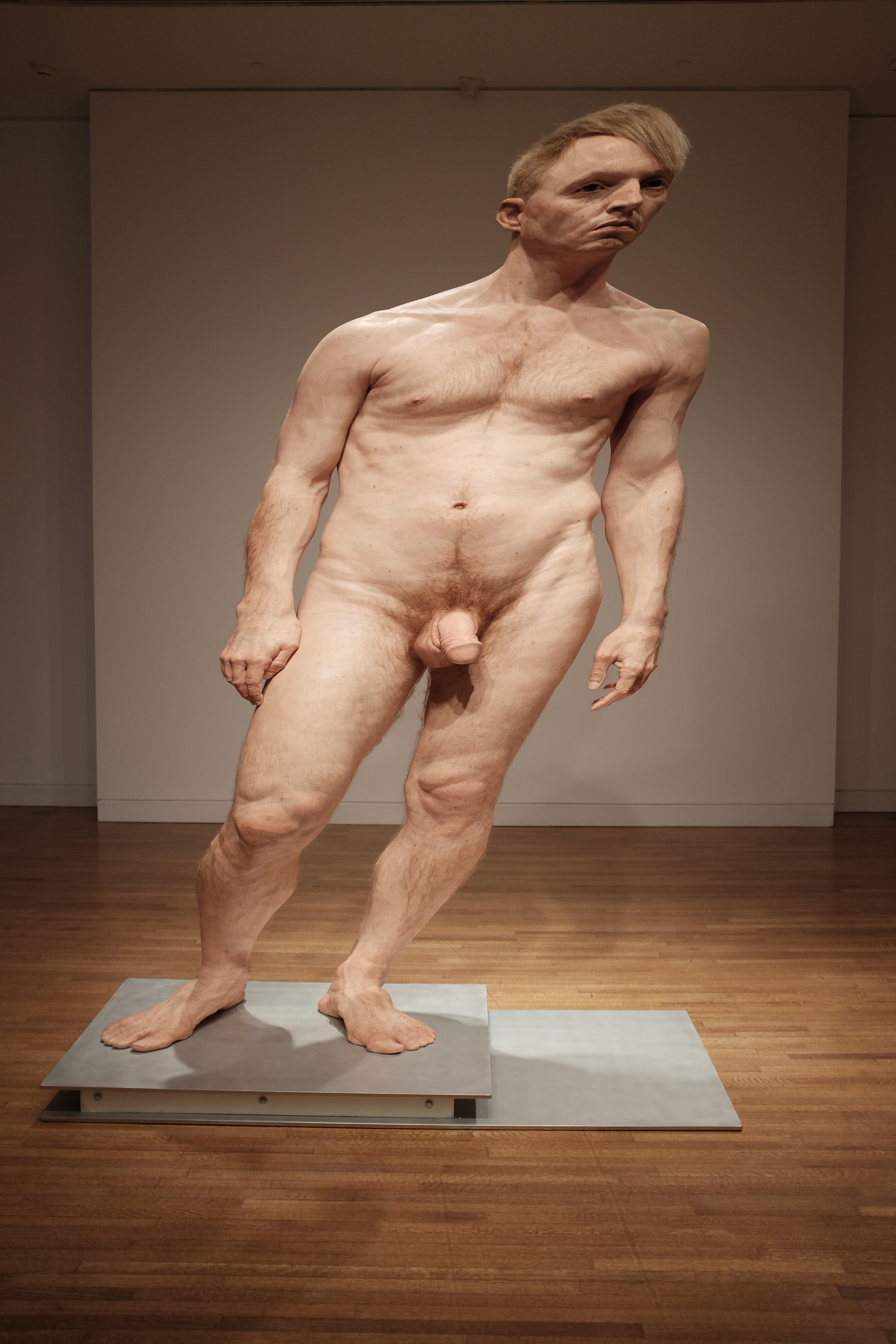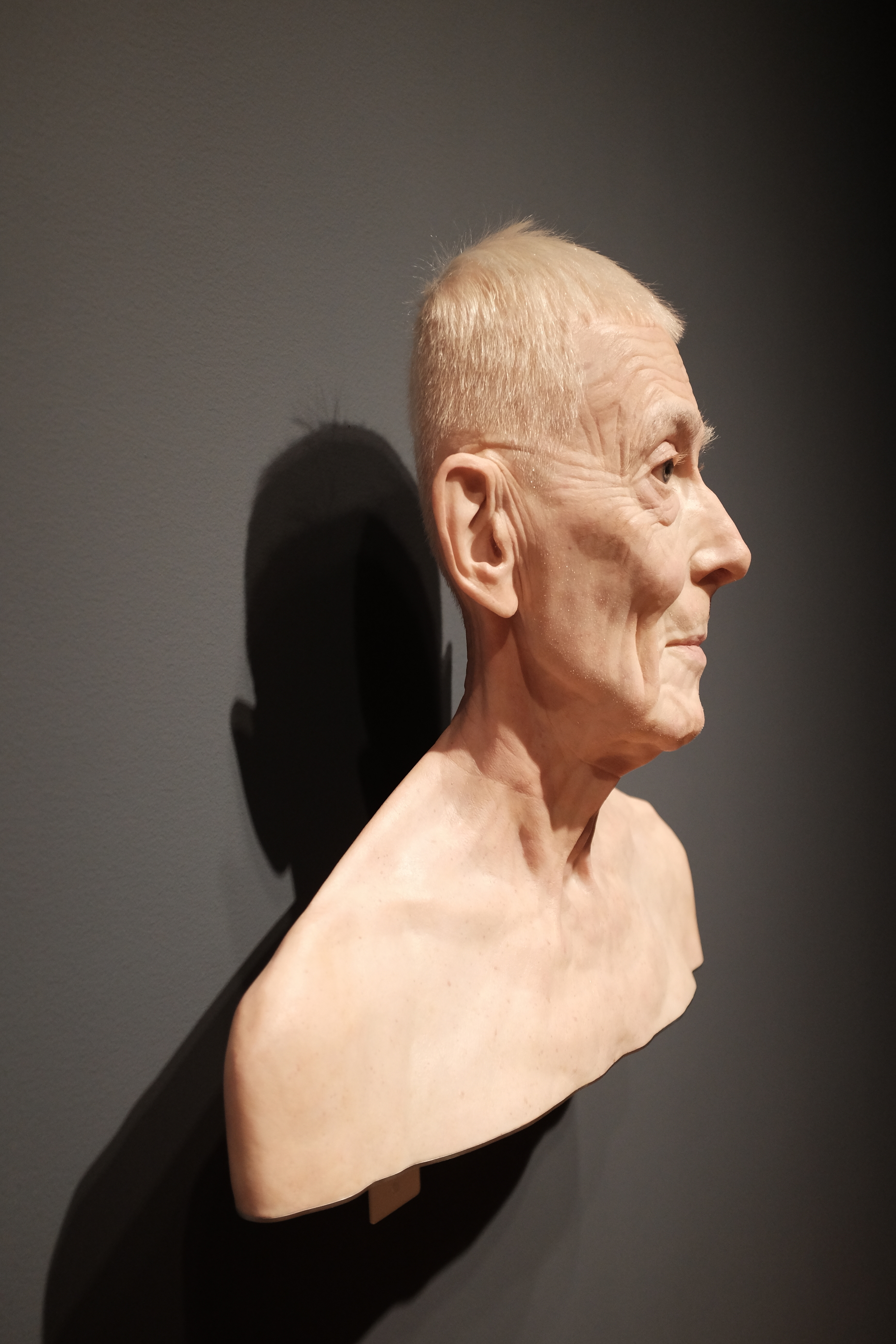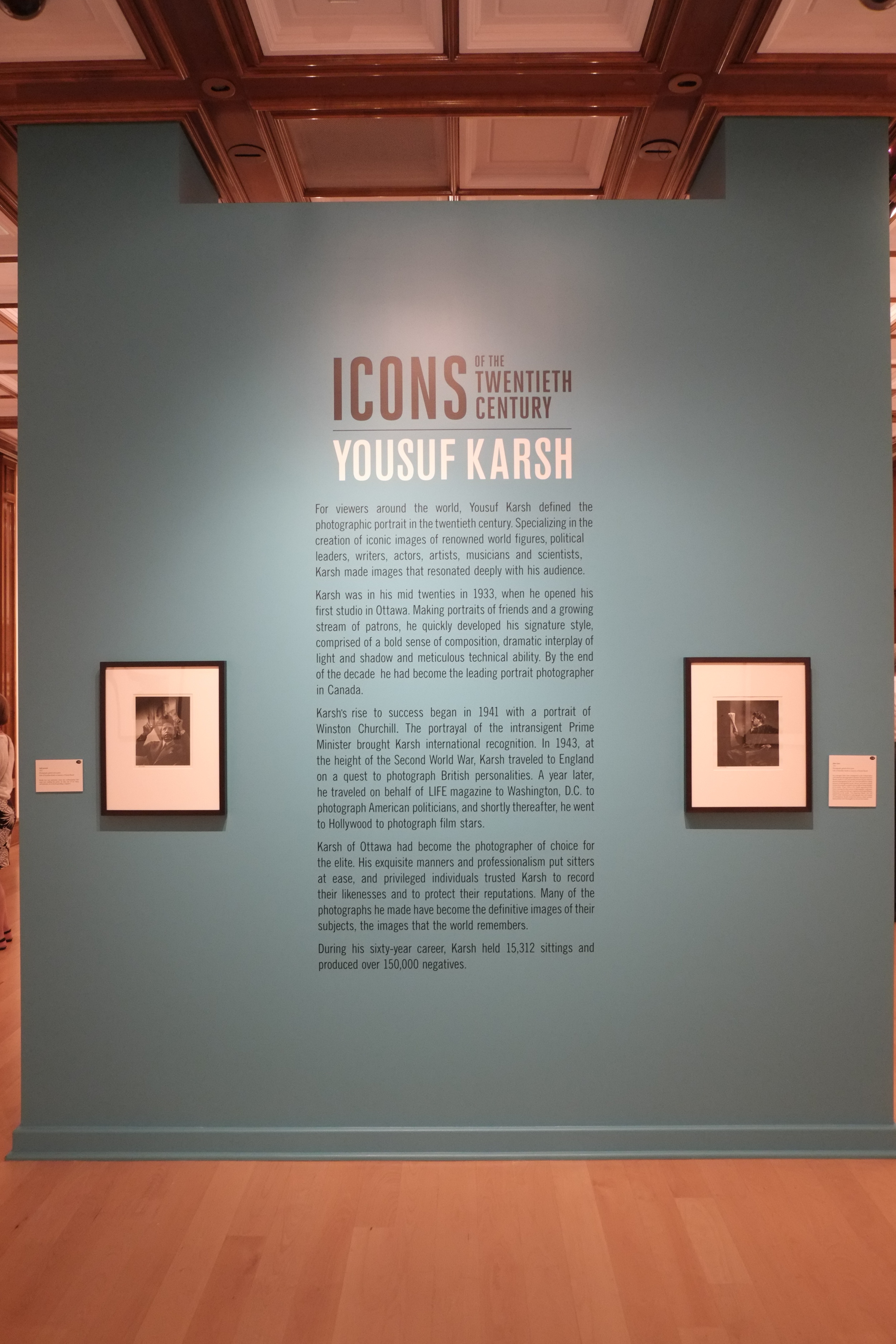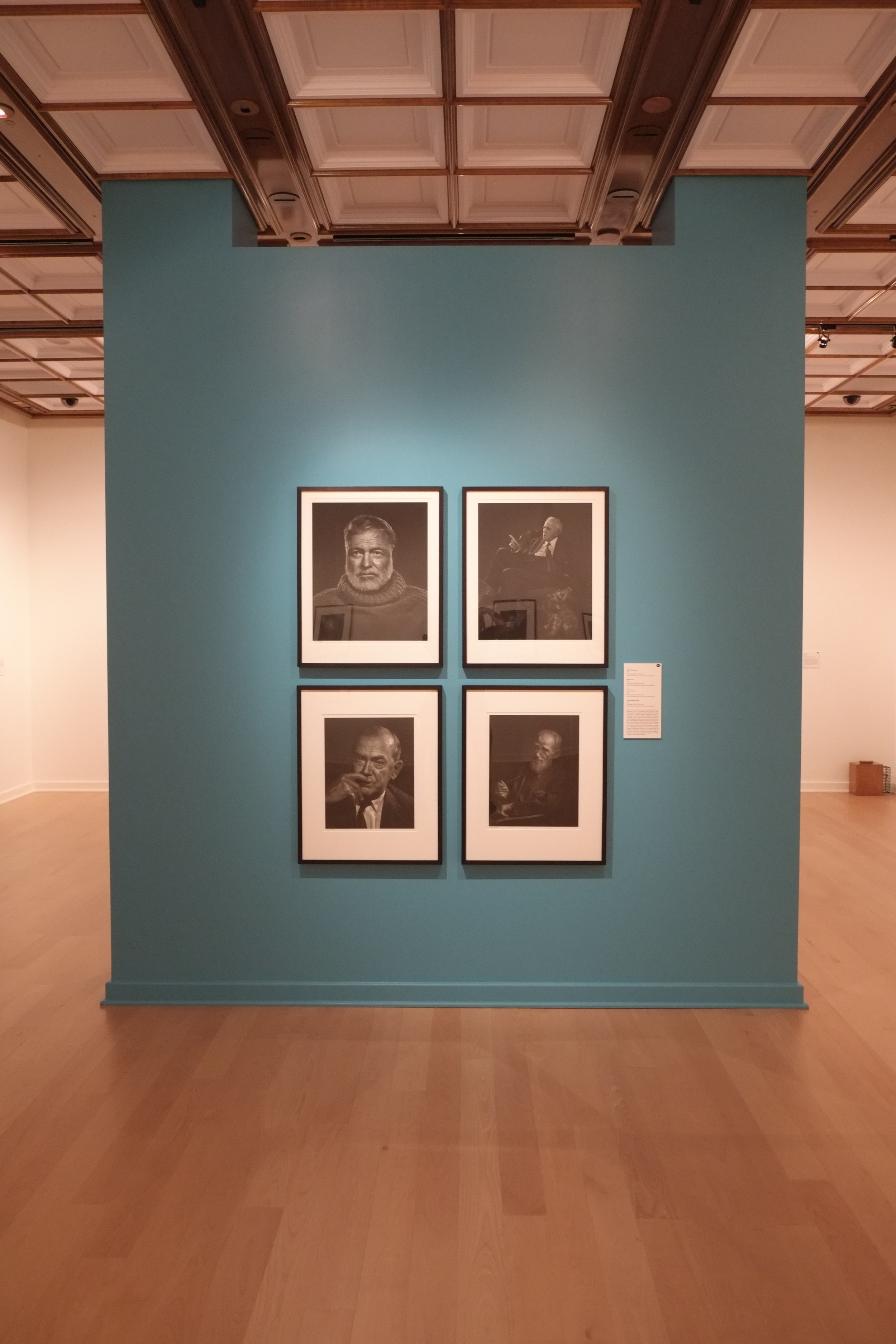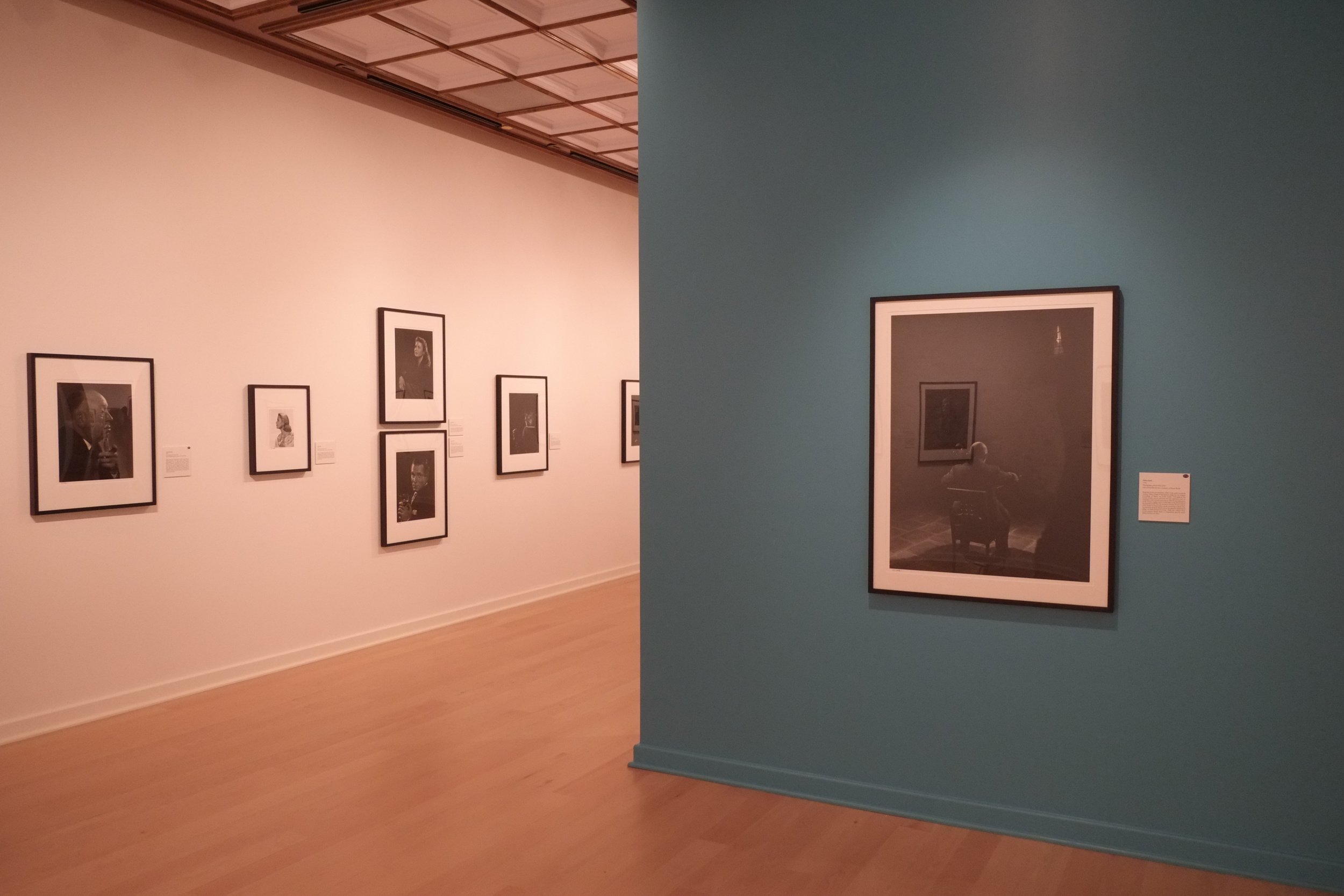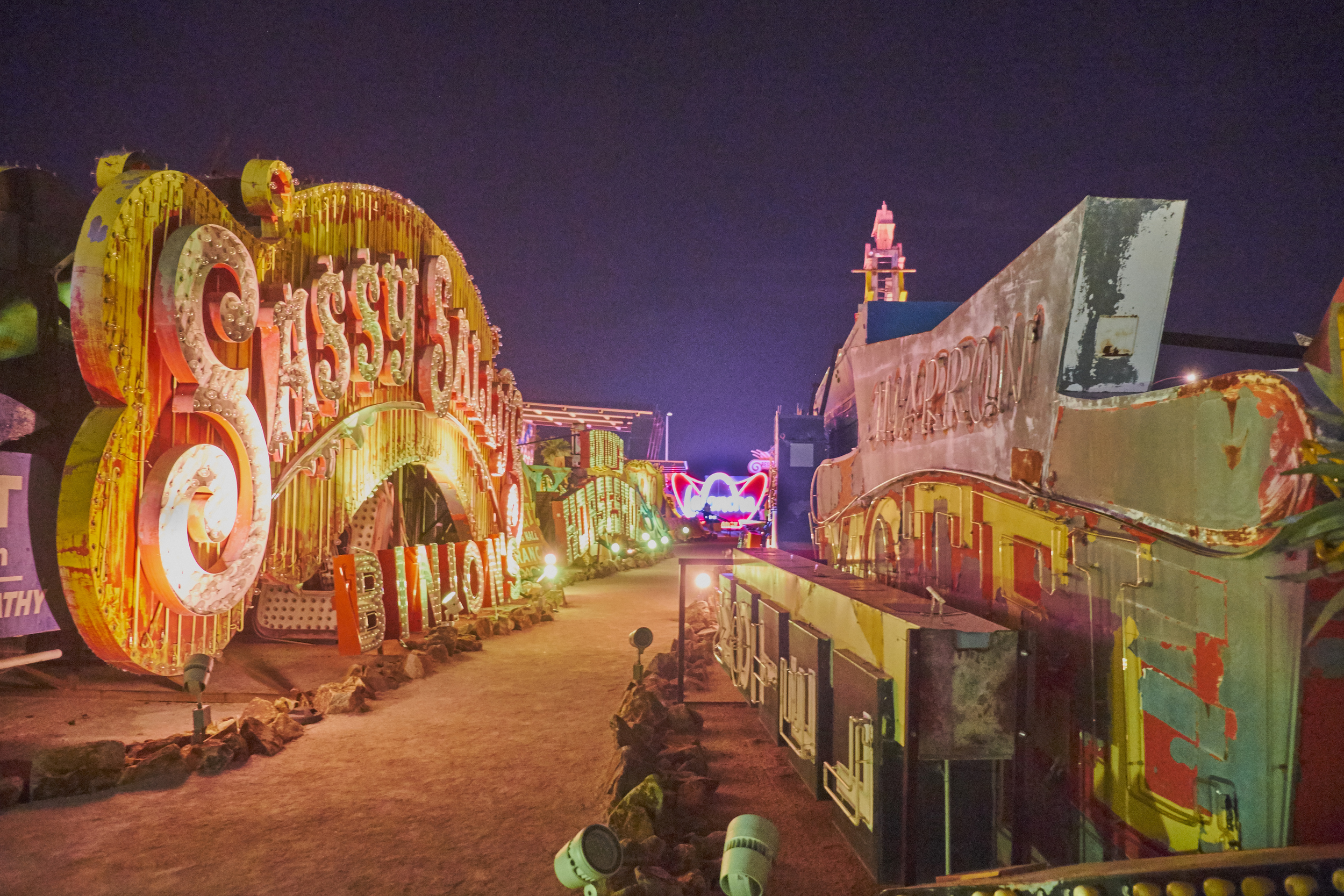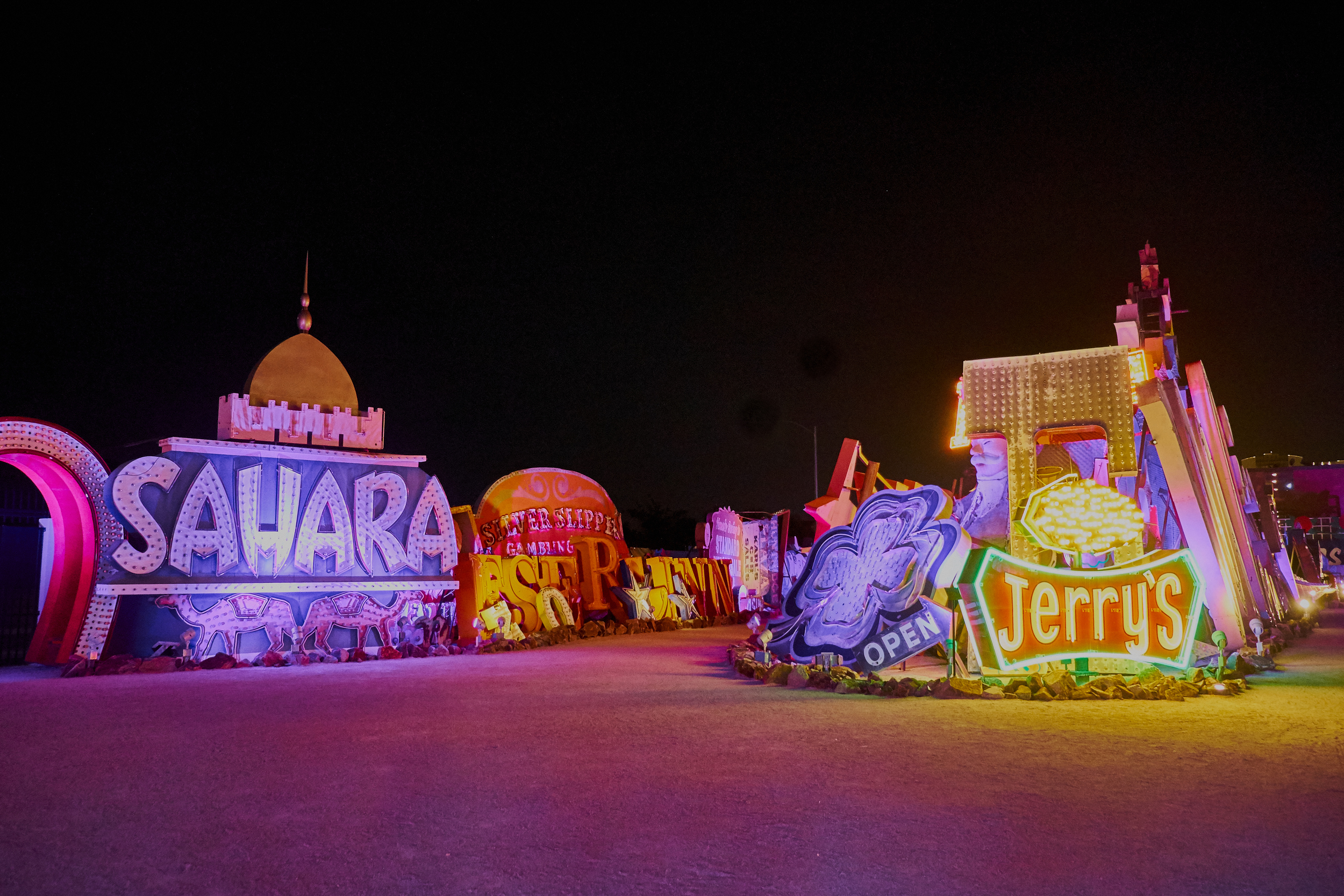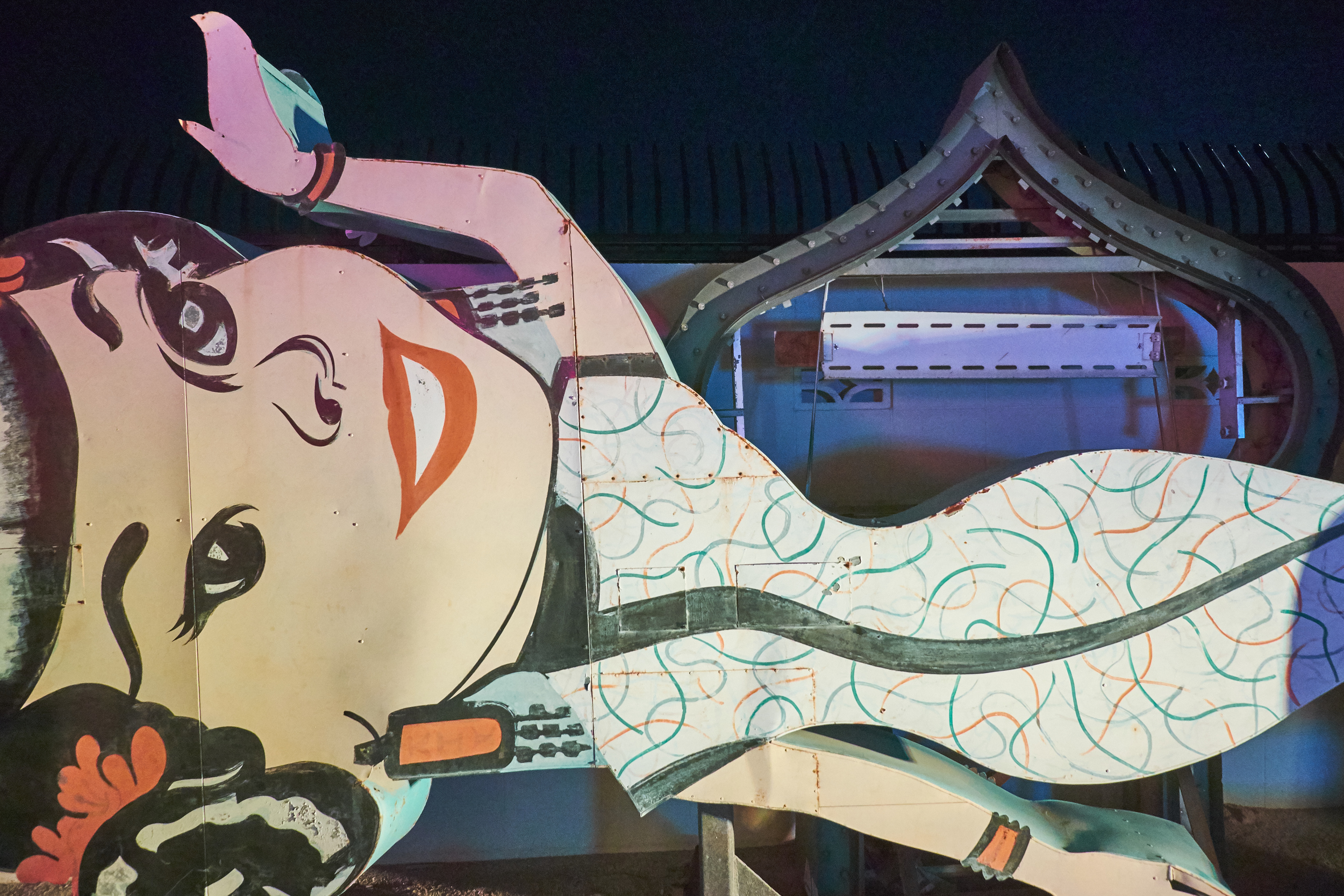Image 1: ©Derek Trillo, The Cheshire Plain from Beeston Castle, 2008
- The high, oblique perspective gives a sense of the spatial relationship of objects on the ground to one another.
- We also get a sense of the relative size of the objects and we are able to guess at scale, using the trees as a guide.
- The slanting light gives some idea of texture, from the rough trees and gullies to the relative smoothness of the mowed fields and plowed earth. The shadows also give a relative indication of the time of day—we know the picture was taken during the day (bright) but not at noon when the sun would be directly overhead (smaller or no shadows).
- We can also surmise that the image was made in early spring: the fields have been plowed for sowing and the grass is very green, but the leaves on the trees are not very advanced.
- If we were at ground level our view would be blocked by trees, hedges and walls. This high perspective allows us to see over and beyond these obstacles.
- We cannot see the horizon, however, so it is hard to relate this viewpoint to anything beyond the tight frame of the image.
- A map would give us a representation of the area from directly above, but we would not have as much information about the ground features or about their texture.
- Many of the same comments could be made about earlier versions of Google Maps, but more recent iterations give us a richer range of options for viewing.
Image 2 by OCA student, Peter Mansell
- This picture allows us to see the horizon and shows us a developed urban area that stretches on for some miles.
- The image shows us a region that appears to contain both commercial / industrial facilities as well as residential areas (the apartments and lower buildings in the middle and longer distance).
- Although a black and white picture, the trees are covered in foliage and suggest summer.
- Other than a partial sign on a roof ('P.A. FINLA'), there are few identifying features in the image (the canal?) and little indication where this town might be.
Image 3: © John Davies, Agecroft Power Station, Salford, 1983
- The black and white photograph is taken from a high angle and shows four cooling stacks from a power station set in a broader landscape. Metal pylons hold the high tension wires that carry electricity away from the station.
- Behind the cooling stacks it is possible to make out a large building with a high chimney. In the foreground sit some cars in the middle of what looks like scrub land and rubbish at the end of a canal. In the middle distance a game is underway on a football pitch.
- The foreground is made up of lines of trees, broken up by the lane that the cars have used for access. There appears to be a split-rail fence just behind the trees.
- The sky is dark and overcast, and it is not possible to tell if the clouds are natural or if they are the smoke/steam produced by the cooling towers. Perhaps the clouds are a mix of both.
- All told, it is a bleak scene even though the towers are impressive in the way they dominate the landscape and stand against the sky. The bleakness comes from the brute figure of the power station squatting in the middle of what was likely agricultural land.
- Taking the shot from a relatively high angle allows the photographer to show more of the surrounding area, thereby providing greater local context for the image. Moving to a lower angle or moving closer to the power station would have made the cooling towers even more dominant, but would have blocked much of the view and reduced the amount of visual information for the viewer.
- Being able to see the players on the football pitch gives the viewer an immediate sense of scale. The figures are dwarfed by the landscape and by the massive size of the cooling towers. It does not take much imagination to see how the humans are dominated in what should be a natural setting by the industrial installation beside and above them.
Image 4: © Bernd & Hilla Becher, Water Towers, 1980
- Although not technically part of the exercise, the series of images by Bernd and Hilla Becher are very interesting to me because I first saw them in a show at the Rencontres Arles Photographie 2014.
- The show was called 'The Walther Collection: Typology, Taxonomy and Seriality' and dealt specifically with the issue of how series of similar images invite comparison. Just as the course materials suggest, I found that I did indeed "look far more closely when looking for differences than [I] would do at a single image."
- Along with work by the Bechers, there were series of images by Karl Blossfeldt (plants), J.D. 'Okhai Ojeikere (hairstyles of African women), Richard Avedon (portraits of Washington elites), Martina Bacigalupo (trimmed remnants from a portrait studio), Ai Weiwei (the dropping of an urn), and Zhang Huan (a face being progressively covered in Chinese characters), Eadweard Muybridge (successive frames of a woman walking) and others.
- I spent much longer looking at this exhibit than I thought I would, absorbed in examining the clues suggested by the smallest of differences from one frame to the next.





![Train Window - Green Pine{车窗-青松]. Zhang Xiaogang 张晓刚2010](https://images.squarespace-cdn.com/content/v1/5224bdefe4b0f7b35c282f4d/1488939247018-YFOP2WCTXKYP4TKMJGKY/55e1ef71-eacf-4603-88f0-e75da8552b87_l.jpg)








